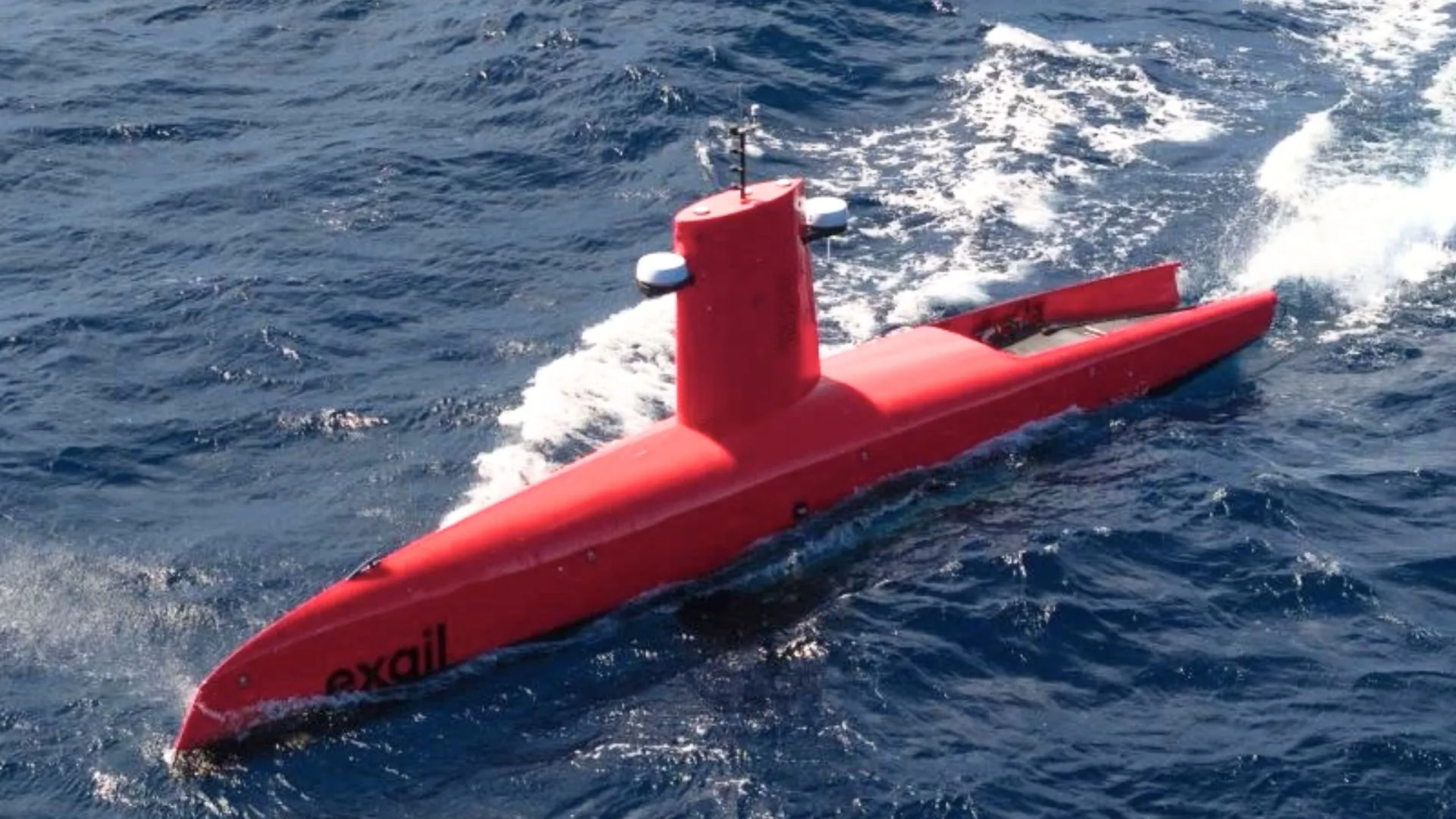
The vessel completed the voyage in six days without port calls. The company revealed that the vessel operated in supervised autonomy from Exail’s Remote Operation Center (ROC) in La Ciotat.
Boat’s reliable decision-making in dense traffic
The vessel’s transit across the Gibraltar Strait demonstrate endurance, situational awareness, and reliable decision-making in dense traffic.
“With this unprecedented long-range transit, Exail’s DriX O-16 shows that large USVs are now an operational reality,” said Sébastien Grall, Head of Maritime Autonomy Solutions at Exail. “As the first uncrewed platform to successfully execute such a mission, it sets a new benchmark in surface autonomy—safe, reliable, and mission-ready.”
The company highlighted that the long-range deployment confirms the robustness, safety, and operational readiness of Exail’s surface drone technology. More than a symbolic crossing, it provides concrete proof that large USVs can be remotely supervised across open waters and constrained sea lanes, arriving fully mission-capable in theater without heavy logistical support.
Seabed mapping operations
During the transit, the DriX O-16 also conducted seabed mapping operations with a Kongsberg EM304 multibeam echosounder, further demonstrating its capacity to deliver valuable data while underway.
Built for endurance, the unmanned boat can conduct up to 30 days of autonomous operation, making it well-suited for extended, long-range missions.
The boat is claimed to offer a range of 3,500 nautical miles and can conduct transoceanic surveys and missions in the most challenging environments.
Dual hybrid propulsion system
The boat’s robust autonomy allows for continuous operations in remote areas, ensuring reliable performance across vast distances, making it a game-changing asset for long-duration exploration and monitoring.
Equipped with a dual hybrid propulsion system, the vessel provides superior robustness and operational safety.
The boat combines electric and diesel power to offer energy efficiency and backup power generation for extended endurance, guaranteeing reliable performance in even the most demanding maritime environments.
The company highlighted that the DriX O-16 is designed with sustainability and cost-efficiency in mind. Its autonomous operation reduces the need for large support vessels, significantly lowering fuel consumption and carbon emissions during missions.
Additionally, its long endurance and ability to carry versatile payloads in a single deployment minimize operational costs, making it not only an environmentally friendly solution but also a highly economical platform for extended maritime operations, according to Exail.
The Drix O-16 is equipped with the CortiX autonomy system that’s designed to deliver high-level autonomy for maritime surface platforms. Initially integrated with the Drix H-8, CortiX has evolved into a versatile solution adaptable to various vessels. With over 100,000 hours of operational experience at sea, it has proven its reliability in both Line-of-Sight and OVer-the-Horizon missions.



